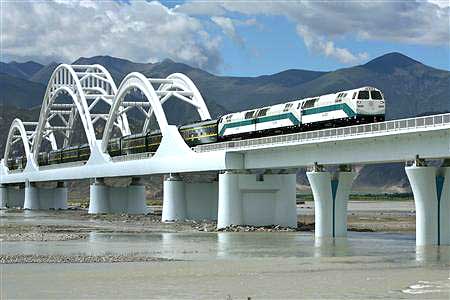Women Rising VIII: International Changemakers
We have a new media partner at Greener Mag, NRP the National Radio Project. Each week we'll feature a current program from their Environmental or Globalization desk. You can listen to the programs on the NRP Media Player in our sidebar or visit our News Room featuring Reuters Video.


Clockwise from upper left: Anne Kajir,
Olya Melen, Dana Rassas and Ilana Meallam.
On this edition, we profile four courageous young ecology activists, going to court for environmental justice and leading regional cooperation to rescue precious natural resources and indigenous cultures. Anne Kajir is an indigenous lawyer fighting for the rainforest and the people of Papua New Guinea. Olya Melen is a Ukrainian lawyer who stopped her government from destroying the Danube Delta. Dana Rassas is a Palestinian activist on trans-boundary water policy issues in the Middle East. Ilana Meallam is an Israeli advocate for the indigenous Bedouin people of the Middle East.
Featuring:
Anne Kajir, Papua New Guinea indigenous lawyer and Goldman Environmental Prize recipient; Olya Melen, Ukrainian lawyer and Goldman Environmental Prize recipient; Dana Rassas, Palestinian activist; Ilana Meallam, Israeli advocate.
Host: Sandina Robbins
Producer/Writer:Lynn Feinerman
Mixing Engineer:Stephanie Welch
For more information:
Upcoming programming will be listed each week
Women are gaining influence as leaders throughout the world, fighting for peace, justice, the environment and civil society.Listen to the program here


Clockwise from upper left: Anne Kajir,
Olya Melen, Dana Rassas and Ilana Meallam.
On this edition, we profile four courageous young ecology activists, going to court for environmental justice and leading regional cooperation to rescue precious natural resources and indigenous cultures. Anne Kajir is an indigenous lawyer fighting for the rainforest and the people of Papua New Guinea. Olya Melen is a Ukrainian lawyer who stopped her government from destroying the Danube Delta. Dana Rassas is a Palestinian activist on trans-boundary water policy issues in the Middle East. Ilana Meallam is an Israeli advocate for the indigenous Bedouin people of the Middle East.
Featuring:
Anne Kajir, Papua New Guinea indigenous lawyer and Goldman Environmental Prize recipient; Olya Melen, Ukrainian lawyer and Goldman Environmental Prize recipient; Dana Rassas, Palestinian activist; Ilana Meallam, Israeli advocate.
Host: Sandina Robbins
Producer/Writer:Lynn Feinerman
Mixing Engineer:Stephanie Welch
For more information:
- Anne Kajir's Goldman Environmental Prize bio www.goldmanprize.org/node/440
- Olya Melen's Goldman Environmental Prize bio www.goldmanprize.org/node/143
Environment-People-Law (EPL)Krushelnytska str. 2,Lviv 79000 UKRAINETel.: +380 (322) 72 27 46Tel./Fax: +380 (322) 97 14 46
epac@mail.lviv.ua
http://www.ecopravo.lviv.ua/(in Ukranian) or http://www.epl.org.ua/eng/index.htm (in English)
Contact info for Ilana Meallem and Dana Rassas:
- In Israel: The Arava Institute for Environmental StudiesKibbutz Ketura D.N. Hevel Eilot 88840 ISRAEL972-8-6356618; fax 972-8-6356634
- In the U.S.: The Arava Institute North America293 Barnumville RoadManchester Center, VT 052551-866-31-ARAVA; roni@arava.org
http://www.arava.org/
by NRP The National Radio Project
Greener Magazine



1:11 PM





 At 9 AM, it is already a steamy 93 degrees as we approach the main gate to MacDill Air Force Base in Tampa. The sky is bright and clear betraying no hint of severe thunderstorms approaching from the west – but you know they’re there all the same. This is hurricane season and storms rising daily over the Gulf are a constant reminder that hurricanes are our perennial companions.
At 9 AM, it is already a steamy 93 degrees as we approach the main gate to MacDill Air Force Base in Tampa. The sky is bright and clear betraying no hint of severe thunderstorms approaching from the west – but you know they’re there all the same. This is hurricane season and storms rising daily over the Gulf are a constant reminder that hurricanes are our perennial companions.




